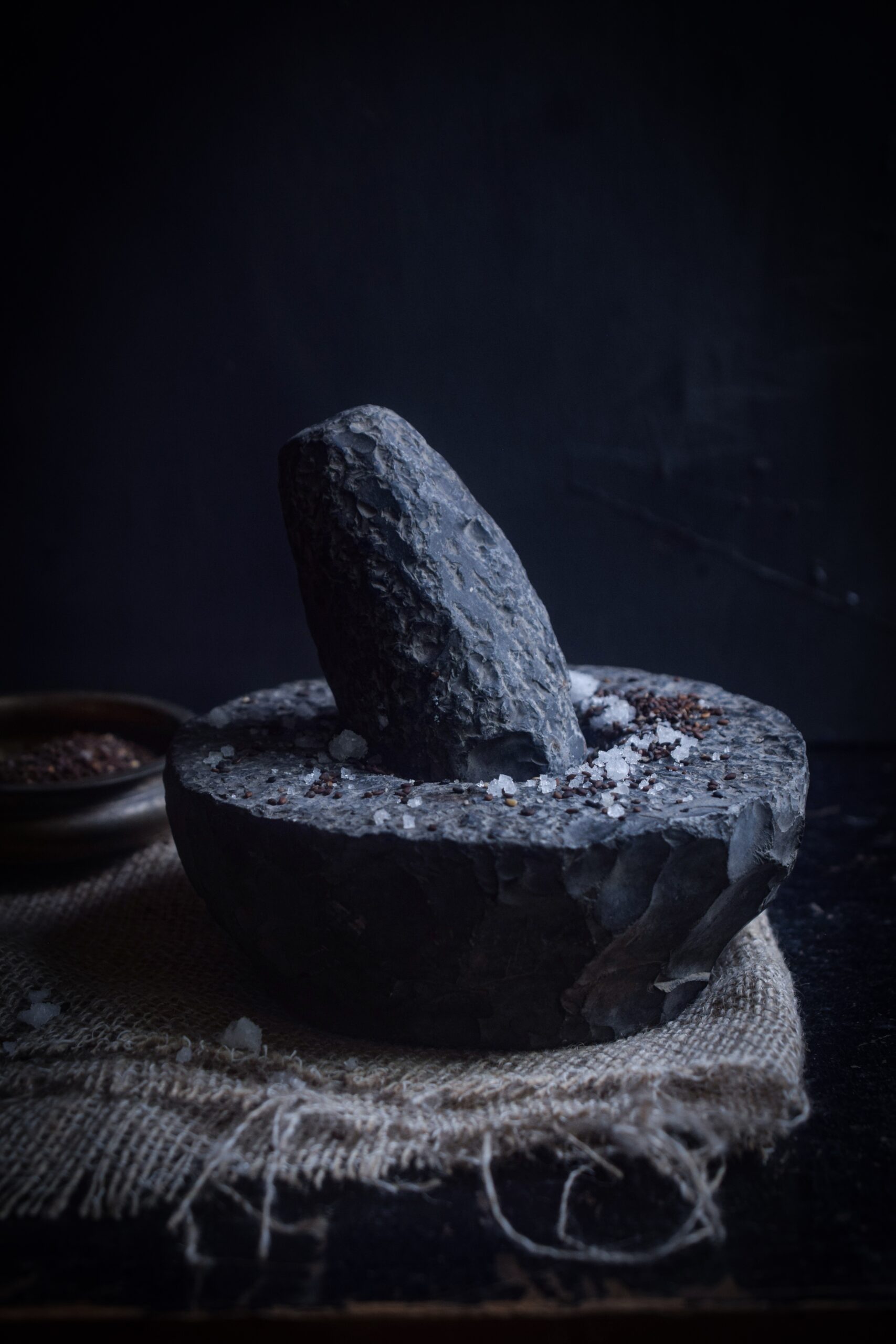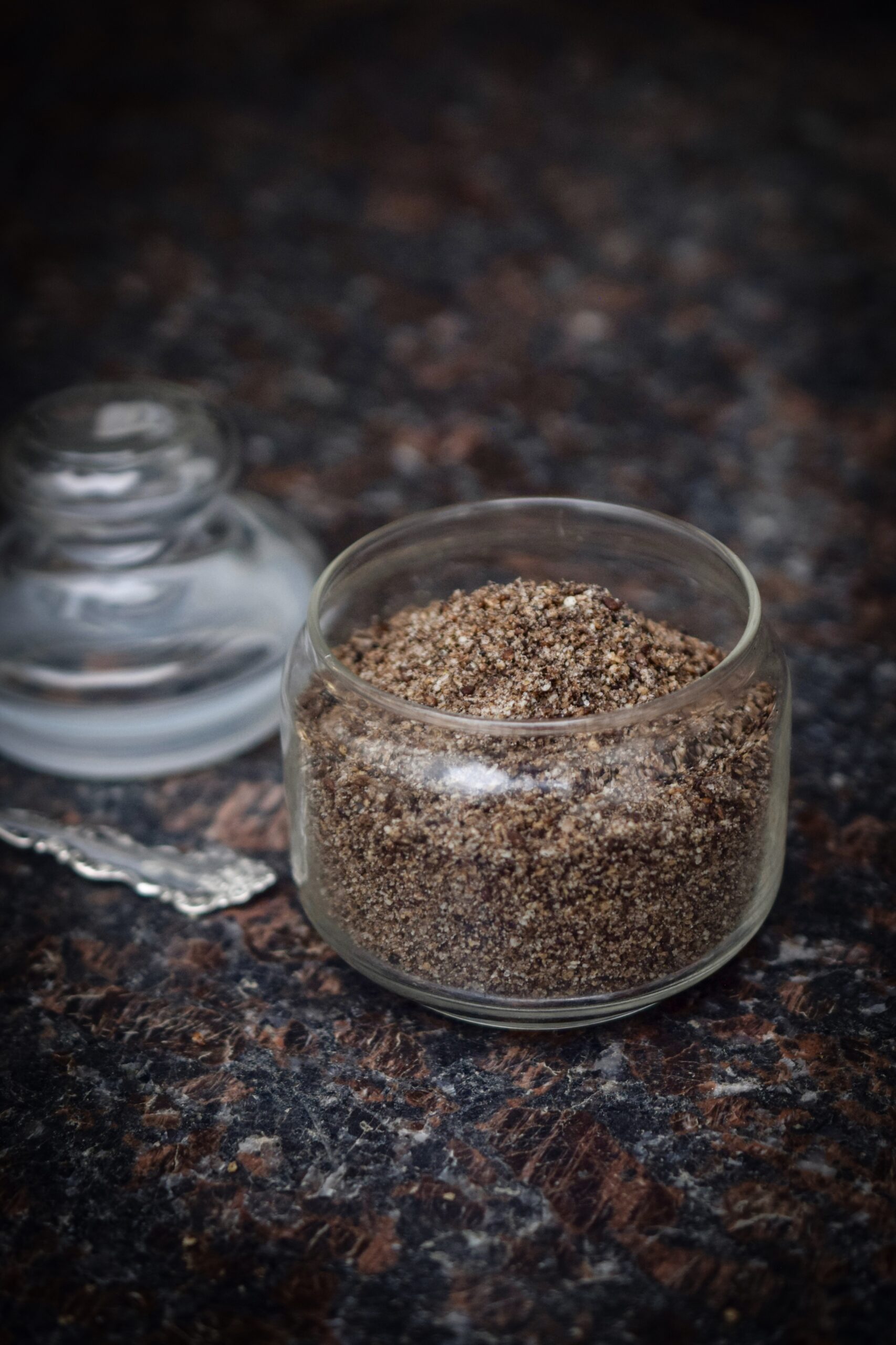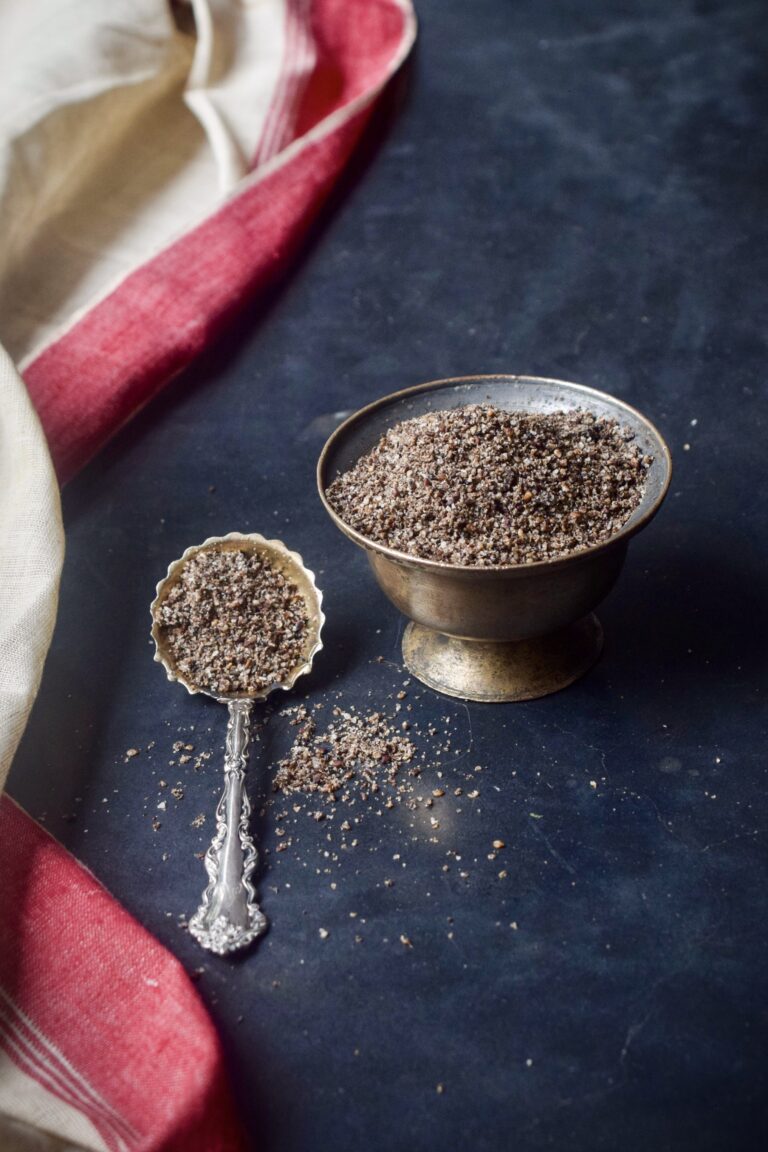There I was in the freezing cold of the Berkshire mountains in Massachusetts, USA, telling my friends and family back home that I was finally about to do for fun what I didn’t enjoy doing in school – study! I had given myself the gift of learning: specifically, the subject of Macrobiotics, a system of mindful cooking and eating. My classes at the Kushi Institute often took place in the snowy winters, and even from indoors the beauty of my surroundings inspired me every day. Chirping birds, beautiful trees, and a healing science drawn from the principles of Zen Buddhism… Which I brought back to my home in Chennai, with its own trees and birds and mouths to feed.
I studied under some expert Macrobioticists, and my experience at the Kushi Institute not only improved my cooking skills, but gave me clarity within myself and made me a much stronger person. From my mother, I learned to cook with a sprinkling of love. And at the Institute, I learned how to eat with intelligence. Macrobiotics, in the most basic terms, is about eating the right way at the right time to heal ourselves. It is centred around food that is local and seasonal. In larger terms, Macrobiotics in the understanding of how as there is an order in the universe, so too must we align ourselves with nature. When this alignment does not happen is when health disorders take place. Every type of food has its own energy; in Macrobiotics we delineate these as “yin” or “yang”, and the key is to keep them in balance – sometimes through avoidance, but mostly through moderation.
We are what we eat. Therefore, we have to take responsibility for our physical and mental condition. The way we store, cut, prepare and consume food and the energies they contain contribute to our well-being.
There are very few trained Macrobioticists in India, and I am told that I am South India’s only graduate from the Kushi Institute. However, the deeply holistic philosophy of Macrobiotics is a generous one. I believe the purpose of my education is to share it. Most of the recipes you’ve read so far on this blog have had some element of my training in them (whether that’s the seasonal usage of produce, the sourcing of ancient local food wisdom or tracing the origins of ingredients). These were how I innovated my new learnings to suit the South Indian climate I live in. But now, I’d like to share a specific recipe that we were taught at the Kushi Institute, for a Japanese condiment known as gomashio.
Gomashio is a simple and versatile alternative to both regular salt and to pickles, which are a spicy, salty staple in Indian diets. While quintessential, unless taken in moderation, salt can have adverse effects on the health, including high blood pressure, gout and serious heart and brain problems, so it is necessary to monitor one’s intake. While we’re on the subject, one of the reasons why I had gomashio on my mind was due to my recent road-trip to the salt pans of Marakkanam. I hope you’ll check out my photo-essay if you haven’t already.
Condiments and pickles are also an important part of the Macrobiotic food pyramid, and gomashio is a wonderful example. Due to its high sesame-to-salt ratio, it is not just a seasoning but also aids digestion. It also neutralises the acid in the blood, and used over time, will strengthen well-being. What I especially like about this recipe is that black sesame is used extensively in India too – and so it is no leap of our culinary experience to incorporate it as a flavouring. And that is a perfectly Macrobiotic understanding of food.
Interestingly, the word “gomashio” is used in Japanese just like the phrase “salt and pepper” is used in English – to describe hair!

Gomashio
(Yield: one jar)
1 cup black sesame seeds
1 tablespoon sea salt
Gomashio is a simple two-ingredient recipe that will take you very little time in the kitchen, and you can make a supply that lasts a few weeks at a time. In the summers, you can replace black sesame seeds with white ones, as they are more cooling for the body.
Dry roast the sea salt in a stainless steel frying pan until the moisture evaporates completely. Set aside till it cools. Grind this dry and cool sea salt in a grinding bowl. I have chosen to do this by hand, using the traditional mortar and pestle, although you may prefer an appliance.
Now, roast the sesame seeds over a medium-low flame, stirring constantly so that they don’t burn at the bottom.
Add the warm sesame seeds to the salt and grind again. If you are using a grinder, be cautious to not over-grind as the sesame seeds will release oil into the mixture and it will coagulate. The mortar and pestle or other manual equipment will give you greater control over the grinder.

Make sure that most of the sesame seeds are crushed, and that the salt and sesame are well-blended. The result will be a coarse powder.
Store in an airtight container. This condiment will stay for up to 3 weeks.
Use sparingly over rice, salads and other dishes as a substitute for pure salt. If you’ve been curious about the Macrobiotic lifestyle, gomashio is an extremely easy way to incorporate these practices into your diet. It is also perfect for anyone who has been advised to cut down on salt for health reasons, without compromising on taste.




